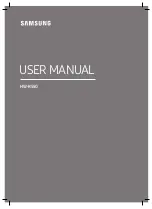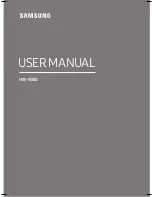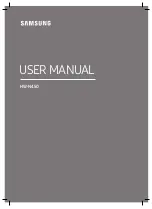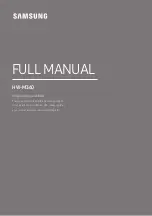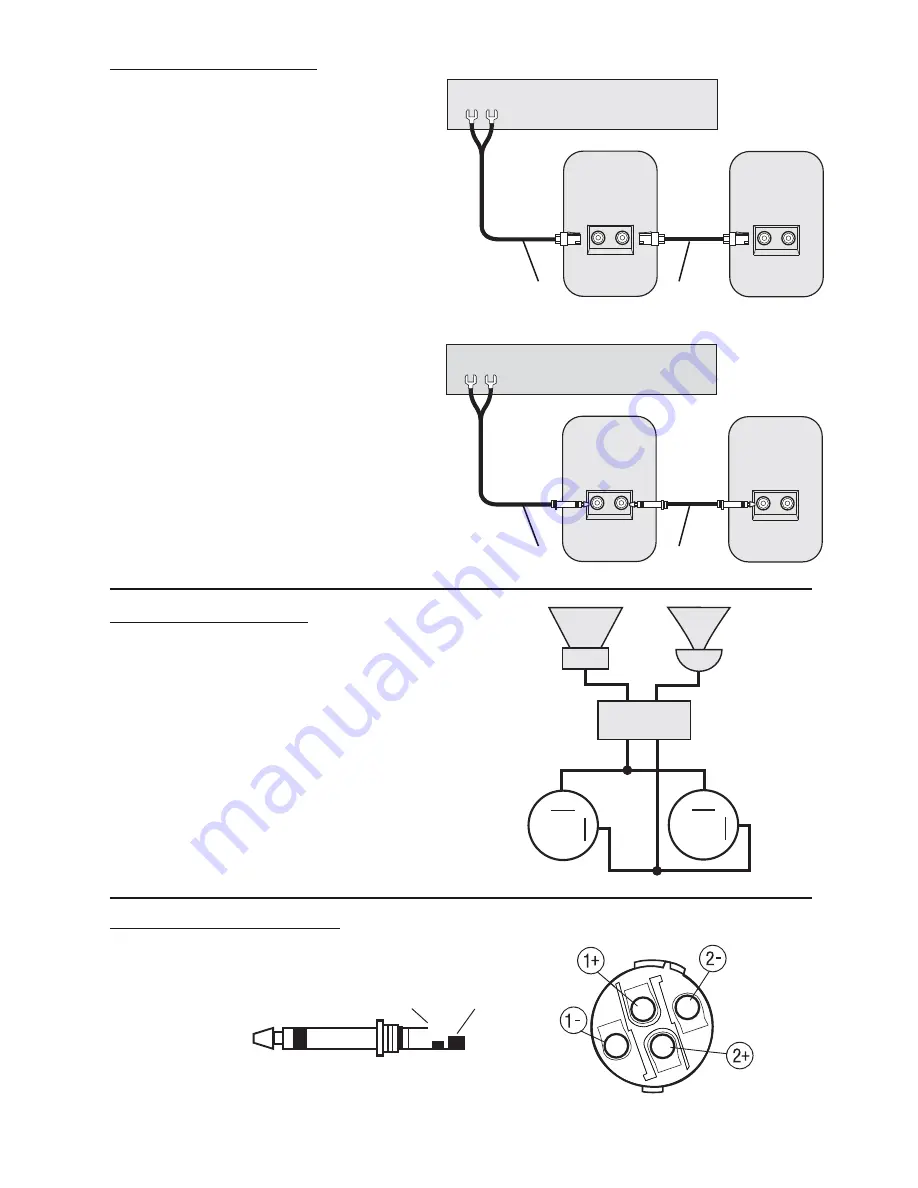
Daisy-Chaining Speakers
In these examples, pins
1
+ and
1
- on the Input
(Left) connector receive full-range audio from the
amplifier or from a previous speaker in a chain.
The Parallel Input (Right) connector uses the
1
+ and
1
- pins to send full-range audio to the
Input connector of another speaker in a chain.
Loop-Thru connects all speakers in the chain in
parallel. Make sure the total impedance of the
chain is not less than what the amplifier is rated
to handle.
In
Example A
, the speakers are connected
with Speakon
TM
connectors from the Amplifier
to Speaker
1
, then from Speaker
1
to Speaker 2.
In
Example B
, the speakers are connected
with the
1
/4" Phone connectors from the Amplifier
to Speaker
1
, then from Speaker
1
to Speaker 2.
When wiring the Speakon
TM
connector, use
Pins
1
+ and
1
-. For the
1
/4" Phone plug,
use Tip (+) and Sleeve (-). DO NOT wire more
than two speakers in parallel unless the amplifier
is rated for operation at less than 4 ohms.
(not used)
(not used)
Tip (+)
Sleeve (-)
AMPLIFIER
SPEAKER 1
SPEAKER 2
Wire like-named pins together to make loop-thru speaker cables.
+
-
1+
1-
1+
1-
PASSIVE CROSSOVER
H F
L F
Input
Loop-thru
AMPLIFIER
SPEAKER 1
SPEAKER 2
Input
Loop-thru
Speaker Block Diagram
Connector Wiring Diagram
(View from terminal side)
4
1
+ : Phone Plug Tip and Speakon
TM
Pin
1
+
1
-
: Phone Plug Sleeve and Speakon
TM
Pin
1
-
Example A
Example B
1
/4" Phone Plug
Speakon
TM
Plug


















